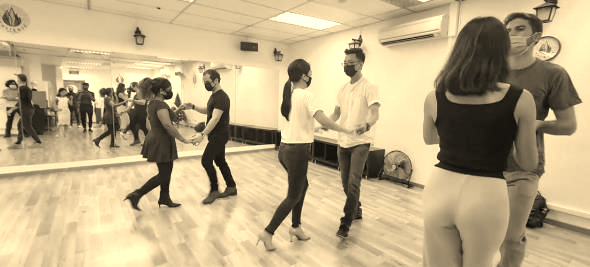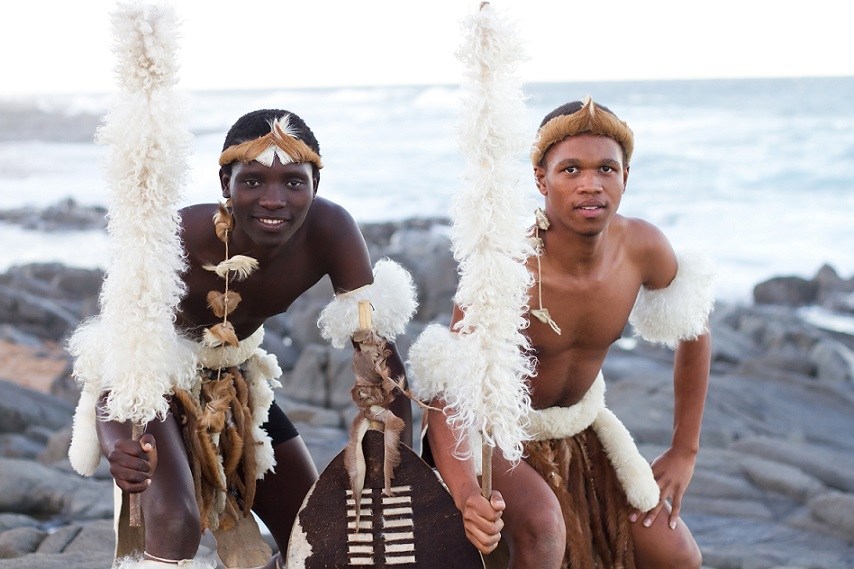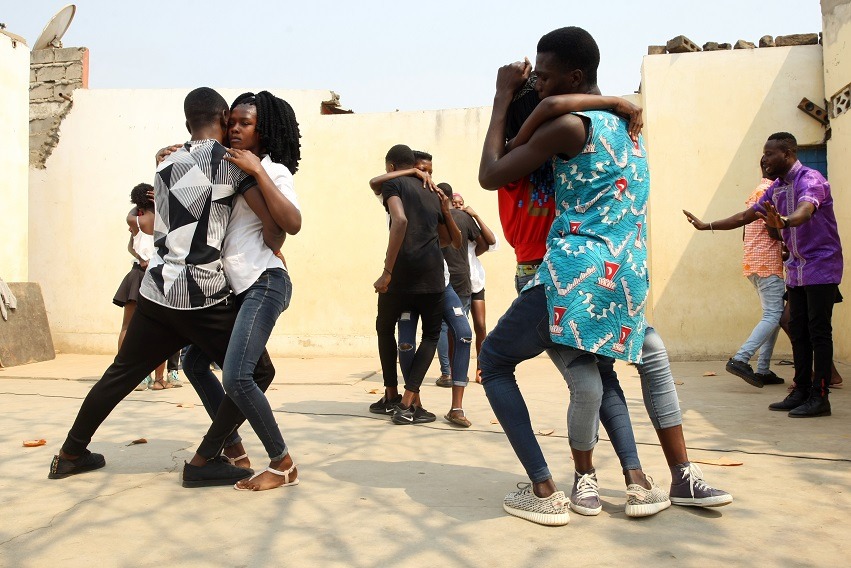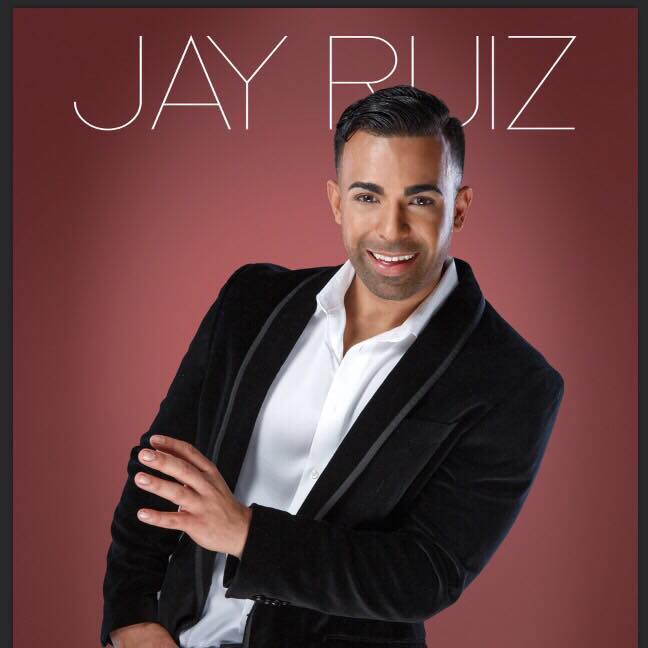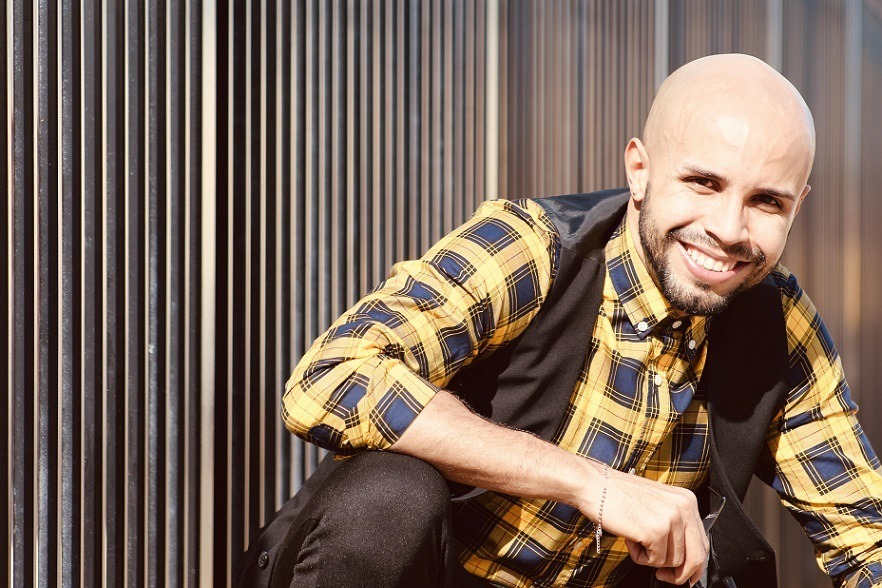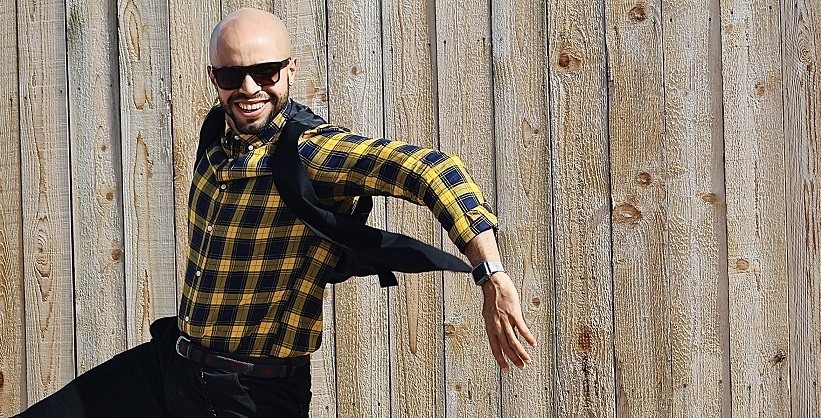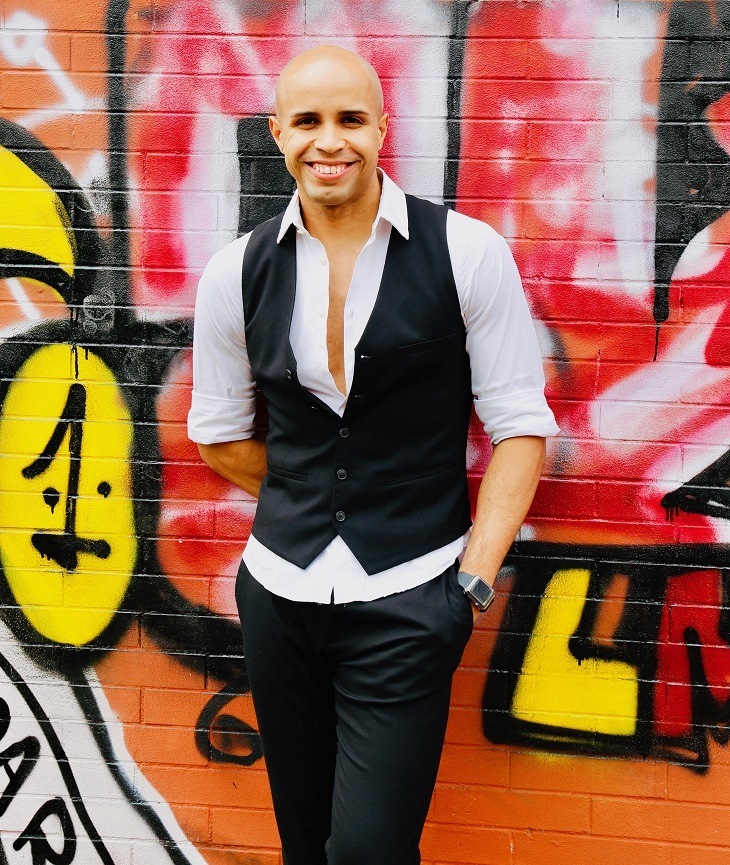Spring in Europe
The next beginning of rest in summer, pleasant temperatures at night and heat during the day, the work of the year has its rewards in holidays and is traveling, knowing places and people, cultures and languages and all this leads us to have fun as a couple or alone and thus meet nice people with whom to share, and at this point we want to captivate you by enjoying tropical dances, commonly called Latin music, as it is Salsa, Bachata, Kizomba among other variables are sensual and exotic rhythms in many cases, that make us experience pleasant bodily and sensory, for this incredible experience we have festivals in the European continent and Asia with some ease of transport according to our budgets but if we want to go further let’s not forget the beautiful beaches and active life of New Zealand very few hours by plane
This month of June we have festivals in the following countries and do not forget that next month comes Tempo Latino, a festival like no other, about which I will be informing you.
|
Germany Cologne Salsa Congress |
 |
| Spain
Estilos Unidos Dance Festival |
 |
| Latin Dance Festival & WTP European Meeting Summer Edition Jun 02 2023 – Jun 04 2023 Lloret de Mar, Spain https://www.facebook.com/LatinDanceFestivalWTP |
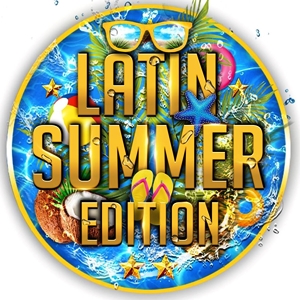 |
| CROACIA
Summer Sensual Days Jun 05 2023 – Jun 12 2023 Rovinj, Croatia |
 |
|
Croatian Summer Salsa Festival 2023 Jun 12 2023 – Jun 19 2023 Rovinj, Croatia |
 |
| NEW ZEALAND
NZ Salsa Congress Jun 02 2023 – Jun 04 2023 Wellington , New Zealand |
 |
| FRANCE
Kizomba Gala Challenge Festival Jun 08 2023 – Jun 12 2023 Saint Herblain, France |
 |
|
PORTUGAL Estrutura Kizomba Summer Festival Jun 15 2023 – Jun 18 2023 Chaves, Portugal |
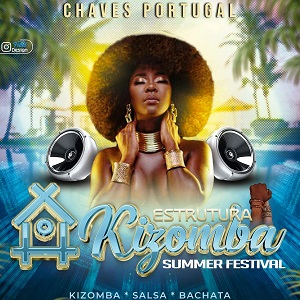 |
|
Aquae Flaviae International Congress Jun 16 2023 – Jun 18 2023 Chaves, Portugal |
 |
| KOREA
Jeju Latin Culture Festival Jun 22 2023 – Jun 25 2023 Jeju-si, South Korea |
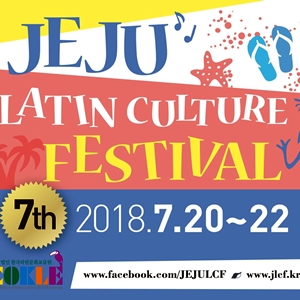 |
| MALAYSIA
Afro Latin Fest Asia Jun 23 2023 – Jun 25 2023 Kuala Lumpur, Malaysia
|
 |
| ROMANIA
Carpathian Latino Fest Jun 24 2023 – Jun 26 2023 Ramnicu Valcea, Romania |
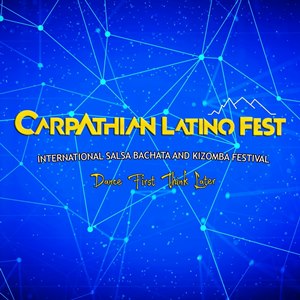 |






